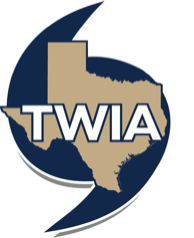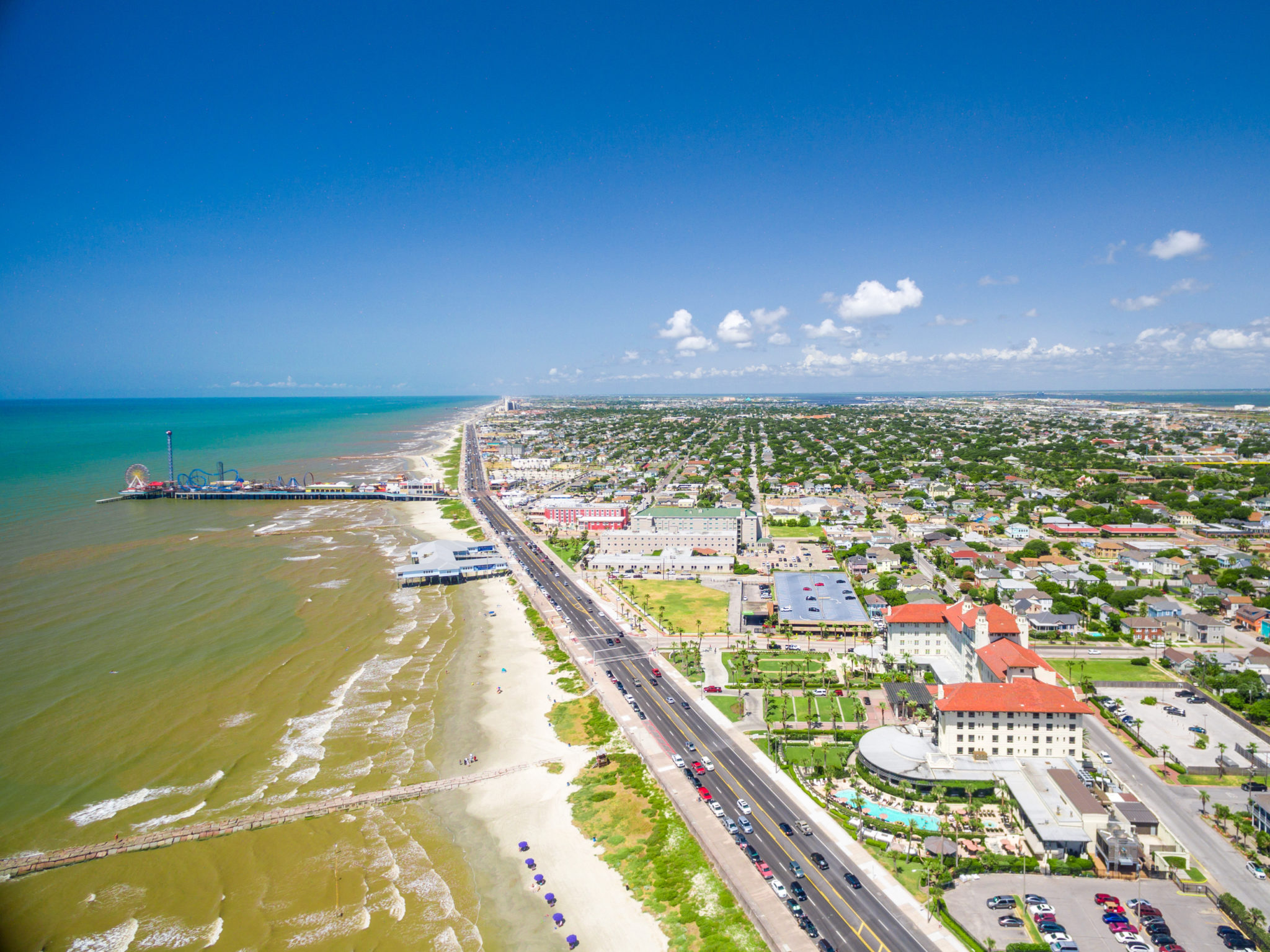TWIA Opening Protection Analysis by Willis Towers Watson Available for Public Review
Published on: January 5, 2021At its December 8 meeting, the TWIA Board of Directors received a report from its Actuarial & Underwriting Committee and information from independent actuarial consulting firm Willis Towers Watson (WTW). The Committee report noted that Committee members requested that WTW perform model runs exploring hypothetical scenarios in which all TWIA-insured properties had exterior opening protection (such as hurricane shutters, reinforced garage doors, impact resistant glass, and other wind debris-resistant coverings). WTW had not produced a written report at that time.
The Board then voted for TWIA to file a rate increase of 5% with the Texas Department of Insurance. That filing was submitted by TWIA staff on December 30.
Since the December 8 meeting, WTW has completed a written report, and the report is now available for public review. The report finds that if every property insured by TWIA in the most exposed areas had exterior opening protections, TWIA rates would be inadequate by 11% for residential policies and 20% for commercial policies.
This report provides the theoretical impact to modeled output and rate indications if all TWIA insured buildings in the Seaward and Inland 1 areas were upgraded to meet the current building code standards for exterior openings (windows and doors). The purpose of this analysis was to provide a range of outcomes. It is not modeling an actual scenario.
Components of the WTW report on TWIA rate adequacy with “notional,” or theoretical, scenarios of RMS Opening Protection / AIR Window Protection modifiers are as follows:
- Summary Table
- Notional Scenario 1 – Seaward Properties Having Opening Protection – Residential Exhibit
- Notional Scenario 1 – Seaward Properties Having Opening Protection – Commercial Exhibit
- Notional Scenario 2 – Seaward & Inland 1 Properties Having Opening Protection – Residential Exhibit
- Notional Scenario 2 – Seaward & Inland 1 Properties Having Opening Protection – Commercial Exhibit
These results suggest that TWIA could improve its rate adequacy through programs that encourage policyholders to upgrade external openings to current building code standards. TWIA’s 2020 Biennial Report to the 87th Texas Legislature recommends that lawmakers consider the effectiveness of the Insurance Institute for Business & Home Safety’s FORTIFIED home construction program, whether TWIA should pursue such a program, and whether the State of Texas could provide funding support. Other coastal states, notably Alabama and North Carolina, have encouraged FORTIFIED construction for both new and existing homes through a combination of public grants and policy endorsements covering upgrades to the FORTIFIED construction standards.


